Fashion Trends
The evolving fashion landscape is a significant driver in the Cotton Sock Market. As fashion trends shift towards casual and athleisure wear, cotton socks are becoming a staple accessory. The versatility of cotton socks allows them to be styled in various ways, appealing to a broad demographic. In 2025, the market for fashionable cotton socks is projected to grow, with consumers seeking unique designs, patterns, and colors to express their personal style. Collaborations between fashion brands and sock manufacturers are also on the rise, further enhancing the appeal of cotton socks as a fashion statement. This trend not only boosts demand but also encourages brands to diversify their product offerings, thereby contributing to the overall growth of the Cotton Sock Market.
E-commerce Expansion
The rapid expansion of e-commerce platforms is transforming the Cotton Sock Market. With the increasing penetration of the internet and mobile devices, consumers are increasingly turning to online shopping for convenience and variety. In 2025, e-commerce sales in the apparel sector, which includes cotton socks, are projected to account for a substantial percentage of total retail sales. This shift is particularly beneficial for niche brands that may struggle to compete in traditional retail environments. Online platforms allow for direct-to-consumer sales, reducing overhead costs and enabling brands to offer competitive pricing. Furthermore, the ability to reach a global audience through e-commerce channels enhances market accessibility for cotton sock manufacturers. As a result, the Cotton Sock Market is likely to witness significant growth driven by the increasing reliance on online shopping.
Sustainability Focus
The increasing emphasis on sustainability is a pivotal driver in the Cotton Sock Market. Consumers are becoming more environmentally conscious, leading to a rising demand for products made from organic and sustainably sourced materials. Cotton, being a natural fiber, aligns well with this trend, as it is biodegradable and less harmful to the environment compared to synthetic alternatives. In 2025, it is estimated that the market for sustainable textiles, including cotton socks, could reach a valuation of several billion dollars, reflecting a significant shift in consumer preferences. Brands that prioritize eco-friendly practices, such as using organic cotton and sustainable manufacturing processes, are likely to gain a competitive edge. This focus on sustainability not only appeals to environmentally aware consumers but also encourages companies to innovate in their product offerings, thereby driving growth in the Cotton Sock Market.
Health and Wellness Trends
The growing awareness of health and wellness is influencing consumer choices in the Cotton Sock Market. There is a rising demand for socks that offer comfort, support, and moisture-wicking properties, particularly among athletes and health-conscious individuals. Cotton socks, known for their breathability and softness, are increasingly favored for daily wear and athletic activities. In 2025, the market for performance-oriented cotton socks is expected to expand, driven by consumers seeking products that enhance their overall well-being. Brands that incorporate features such as arch support, cushioning, and antimicrobial properties into their cotton sock designs are likely to attract a loyal customer base. This trend towards health and wellness not only boosts sales but also encourages innovation in product development within the Cotton Sock Market.
Technological Advancements
Technological advancements in textile manufacturing are playing a crucial role in shaping the Cotton Sock Market. Innovations such as improved knitting techniques and the use of advanced materials are enhancing the quality and performance of cotton socks. In 2025, the integration of smart textiles, which can monitor health metrics or provide temperature regulation, is expected to gain traction within the cotton sock segment. These advancements not only improve the functionality of cotton socks but also cater to the evolving needs of consumers. Brands that leverage technology to enhance their product offerings are likely to stand out in a competitive market. As a result, the Cotton Sock Market is poised for growth, driven by the continuous evolution of textile technology.


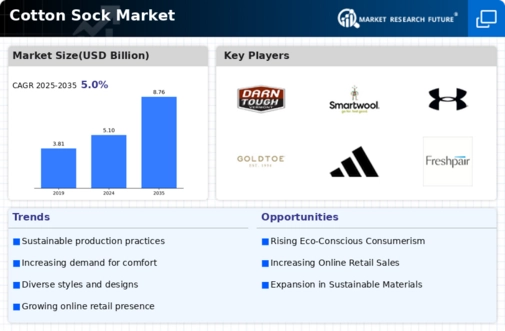
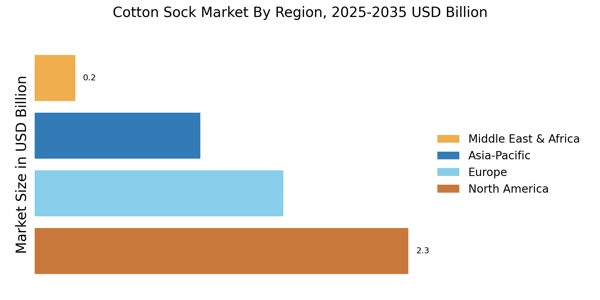
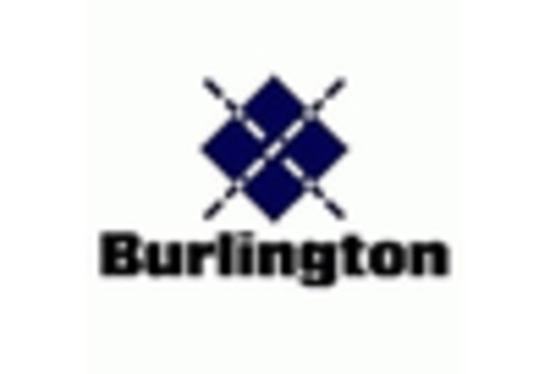
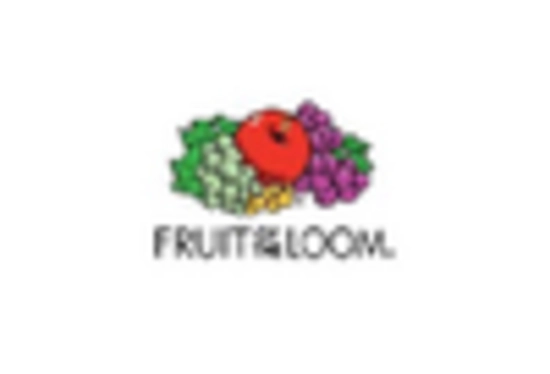
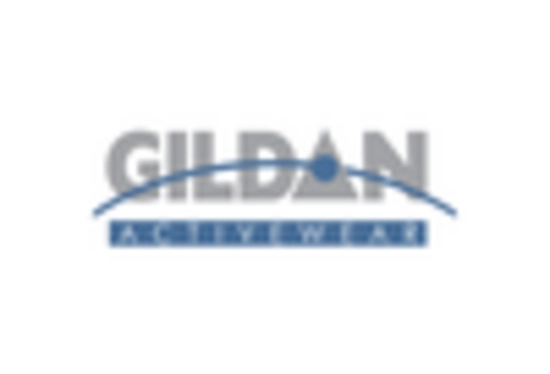
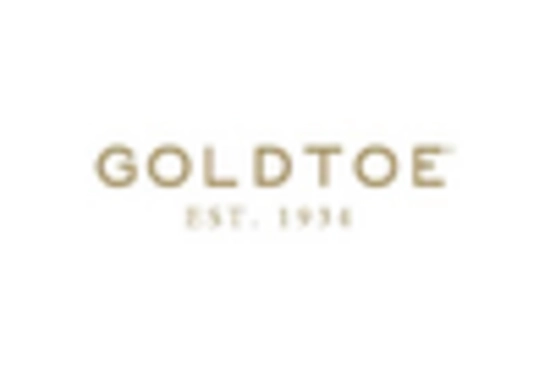
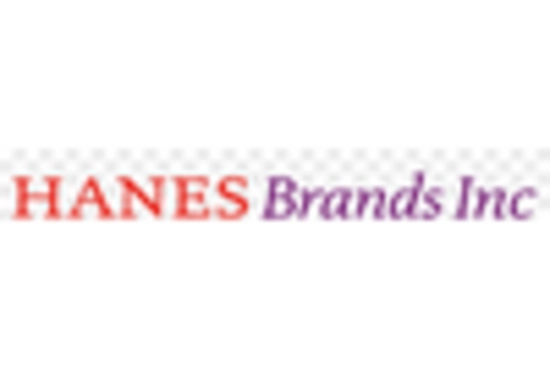
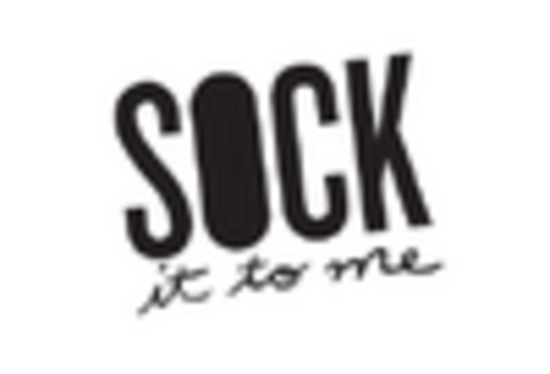








Leave a Comment